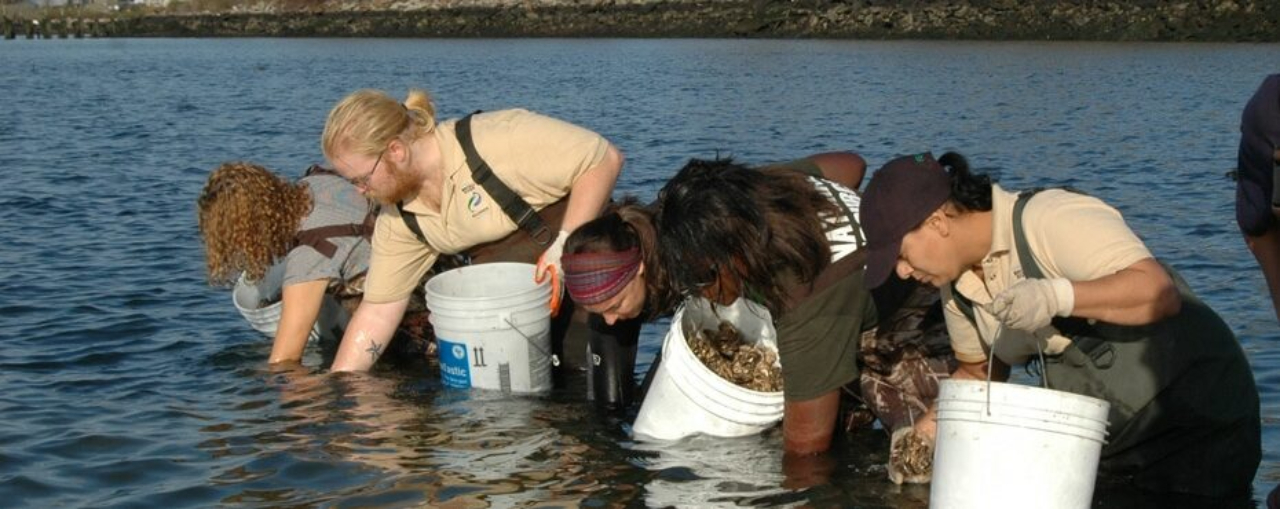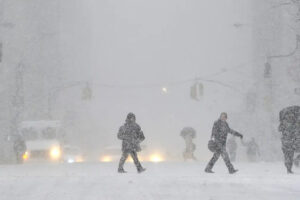Introduction
Rivers and lakes are vital resources that provide us with clean water, support biodiversity, and offer recreational opportunities. However, these ecosystems are facing increasing threats from pollution and human activities. To address this issue effectively, creating a group or community dedicated to keeping our rivers and lakes clean can make a significant impact. In this article, we will explore the steps and strategies involved in forming such a group and making a positive difference in our environment.
Understanding the Importance of Clean Rivers and Lakes
Clean rivers and lakes are crucial for sustaining life and maintaining ecological balance. They serve as a habitat for various plants and animals, while also acting as a source of drinking water for communities. Additionally, they contribute to the overall beauty and aesthetics of our surroundings. By keeping these water bodies clean, we not only preserve their natural beauty but also safeguard the health and well-being of both humans and wildlife.
Identifying the Need for a Group or Community
Before creating a group or community, it is essential to assess the local situation and identify the need for such an initiative. Start by researching the current state of rivers and lakes in your area. Look for signs of pollution, degradation, or lack of awareness. Determine whether there are existing organizations or individuals working towards this cause and assess the gaps that need to be filled. This analysis will help you understand the necessity and potential impact of creating a group or community.
Setting Goals and Objectives
Once you have identified the need, it is crucial to establish clear goals and objectives for your group or community. Define the purpose of the initiative, such as reducing pollution, raising awareness, or restoring degraded areas. Set specific and measurable targets that can guide your activities and help track progress over time. By having well-defined goals, you can effectively communicate the purpose of your group and motivate others to join your cause.
Forming the Group or Community
To create a group or community, start by reaching out to like-minded individuals who share your passion for clean rivers and lakes. Use social media platforms, local community forums, or organize a public meeting to gather interested individuals. Encourage open discussions and share your vision and goals for the group. Create a sense of belonging and inclusiveness to attract a diverse range of people who can bring different skills and perspectives to the table.
Defining Roles and Responsibilities
Once you have a core group of individuals, it is essential to define roles and responsibilities to ensure efficient functioning. Assign specific tasks and responsibilities to each member based on their skills and interests. For example, someone with strong organizational skills can handle logistics and coordination, while others can focus on communication, fundraising, or event planning. By clearly defining roles, everyone will have a sense of ownership and contribution to the group’s objectives.
Creating an Action Plan
Developing a well-thought-out action plan is crucial for the success of your group or community. Identify the key activities and initiatives you plan to undertake to keep the rivers and lakes clean. This can include organizing clean-up drives, conducting educational workshops, advocating for policy changes, or implementing sustainable practices. Create a timeline and allocate resources accordingly to ensure smooth execution of your plans.
Collaborating with Local Authorities and Organizations
To amplify the impact of your group, it is essential to collaborate with local authorities, government agencies, and environmental organizations. Reach out to relevant stakeholders and share your group’s objectives and activities. Seek their support, guidance, and potential partnerships to leverage their resources and expertise. By working together, you can create a more significant influence and drive positive change at a broader scale.
Raising Awareness and Mobilizing Support
One of the critical aspects of keeping rivers and lakes clean is raising awareness among the community. Utilize various communication channels, such as social media, local newspapers, and community events, to spread the message about the importance of clean water bodies. Organize awareness campaigns, workshops, or public talks to educate people about the impacts of pollution and the actions they can take to contribute. Mobilize support by engaging schools, colleges, businesses, and community organizations to join your cause.
Conducting Regular Clean-up Activities
Regular clean-up activities are essential to maintain the cleanliness of rivers and lakes. Organize community-driven clean-up drives at regular intervals, inviting volunteers from your group and the wider community. Ensure proper waste management and disposal practices during these activities to prevent further pollution. Document and share the impact of your clean-up efforts to motivate others and create a sense of collective responsibility.
Implementing Sustainable Practices
In addition to clean-up activities, it is crucial to focus on implementing sustainable practices that prevent pollution in the first place. Encourage individuals and businesses in your community to adopt eco-friendly habits, such as reducing plastic usage, properly disposing of waste, and promoting responsible tourism near water bodies. Work with local authorities to enforce regulations and develop sustainable infrastructure for waste management and water treatment.
Monitoring and Evaluating Progress
To measure the effectiveness of your group’s efforts, establish a monitoring and evaluation system. Regularly assess the impact of your activities, track progress towards your goals, and identify areas that require improvement. Use data and feedback from community members, volunteers, and relevant stakeholders to make informed decisions and adapt your strategies accordingly. By monitoring progress, you can ensure that your group is making a meaningful and lasting difference.
Recognizing Achievements and Celebrating Success
Celebrate milestones and achievements to keep your group motivated and engaged. Acknowledge the hard work and dedication of your members and volunteers. Share success stories and impact metrics with the wider community to demonstrate the positive outcomes of your group’s efforts. By recognizing achievements, you not only boost morale but also inspire others to join your cause and contribute to the preservation of clean rivers and lakes.
Overcoming Challenges and Roadblocks
Creating a group or community to keep rivers and lakes clean may come with its fair share of challenges. Limited resources, bureaucratic hurdles, and apathy can pose obstacles along the way. However, it is essential to stay resilient and persevere in the face of challenges. Foster a supportive and collaborative environment within your group, seek guidance from experienced individuals, and leverage the power of community engagement to overcome roadblocks and continue making a positive impact.
Conclusion
Creating a group or community dedicated to keeping rivers and lakes clean is a powerful step towards preserving these precious natural resources. By following the outlined steps in this article, you can form a cohesive group, set clear goals, and implement effective strategies to make a difference. Remember that collective action and community engagement are key to ensuring the long-term health and sustainability of our rivers and lakes.








